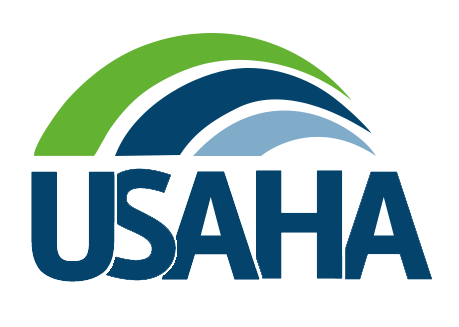By Susan Crawford

Did you know that U.S. companies sell well over $2 trillion worth of goods and services each year in international markets, and a substantial chunk of this value comes from exports of medical-related goods and services? In fact, the global medical device market alone is projected to grow from $360.8 billion in 2017 to $435.8 billion in 2020, a 21 percent increase. If you are not yet exporting, now is a good time to consider the advantages and potential opportunities you can reap through exporting, and learn about how your firm can succeed in international markets.
Sales gained by tapping into the 95 percent of consumers located outside of U.S. borders can help your firm maintain steady employment levels, particularly in cyclical environments or during economic downturns. Good local jobs can be maintained or added due to increased demand generated by export sales. Also, jobs supported by exports pay 13 percent to 18 percent higher wages on average than non-export jobs.
The U.S. Commercial Service, the export promotion arm of the U.S. Department of Commerce’s International Trade Administration, has a Global Healthcare Teamwith more than 200 specialists worldwide who are dedicated to helping you learn the basics of exporting your healthcare-related product or service. The Team can also help you create a sold export business plan that can make the difference between generating a few international sales and achieving real business growth. Global Healthcare Team Director Tembi Secrist shared the following five tips to get you started on developing an effective export plan.
1) Determine your potential markets
Start by researching the countries where there may be demand for your products, and check out the competitive environment as well. The U.S. Commercial Service’s Global Healthcare Team produces a Healthcare Technologies Resource Guidewhich is a great place to start. The Guide provides healthcare market summaries for 73 countries, covering topics such as current market trends, main competitors and current demand.
2) Understand regulatory requirements in your target markets
Before your product can enter an export market, it must comply with local regulatory requirements which vary from country-to-country. Refer to the “Certification Reference Chart” in the Healthcare Technologies Resource Guideto learn about certification requirements for more than 60 countries. Be prepared to wait, as obtaining regulatory approval may take longer than you anticipate.
3) Identify your potential customers and distributors
Will you sell to wholesalers, retailers, a foreign government agency, direct consumers, or a combination? It is important to identify your customers to develop the most effective marketing and distribution channels for each country. Additionally, most foreign governments will require you to appoint a local agent to represent your healthcare products in the market. The right partner is critical to your success and we can introduce you to key contacts in more than 75 countries.
4) Price your product and consider export financing options
The cost of your healthcare product or service will most likely change when you begin exporting. When establishing your price, take into account duties, taxes, shipping, and marketing costs. You must also decide whether you will require pre-payment from your foreign buyer or offer credit terms. Look into financing and insurance options from the Export-Import Bank or the Small Business Administration.
5) Identify necessary resources
Your export plan should identify the resources you will need, both at your export destination and here at home, to connect with buyers, freight forwarders, legal advice, and other necessary service providers. Consider joining local industry associations and American Chambers of Commerce abroad as these groups can provide you with critical updates on business issues.
Investing the time and energy to create an export plan will allow you and your business to be fully prepared to export. Learn more about exporting and creating an export business plan by viewing our series of short, informative videos available here or by contacting a U.S. Commercial Service office near you.
Susan Crawford is a Communications Specialist for the U.S. Commercial Service Pacific North Network. The U.S. Commercial Service is the export promotion arm of the U.S. Department of Commerce’s International Trade Administration.
The U.S. Commercial Service is the trade promotion arm of the U.S. Department of Commerce’s International Trade Administration. Our trade professionals in over 100 U.S. cities and more than 75 countries help U.S. companies get started in exporting or increase sales to new global markets.

